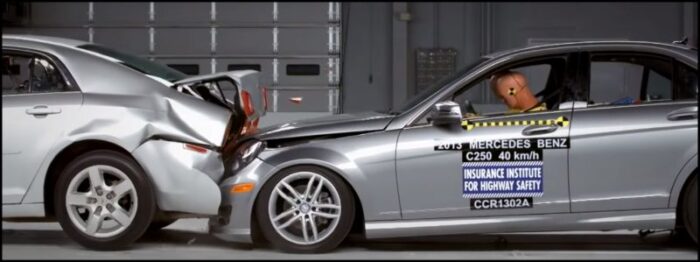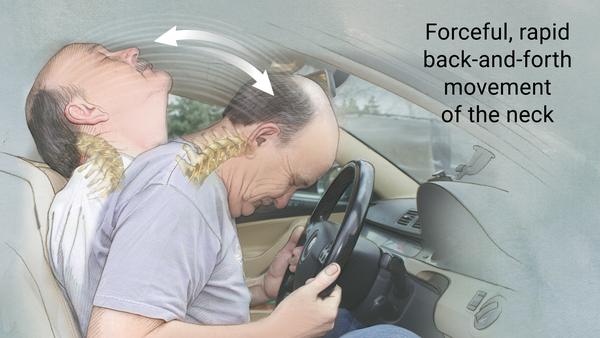

Rear end crashes are a common occurrence. Injuries often result but usually resolve in a few short weeks. For some, the pain and disfunction remain for some time and can be related to the crash.
Here are some of indicators of increased risk of injury during low speed rear end crashes:
Whiplash is often considered the “mechanism of injury” which was originally coined in 1928 by H.E. Crowe as “a lash-like effect in which the head moved suddenly to produce a sprain in the neck.” Whiplash can occur from a number of crash dynamics including FRONTAL, T-BONE or SIDE, and SIDESWIPE.

Below is a list of common low speed rear end crash injuries:
Al Vangura specializes in forensic biomechanics and analyzes human movements and personal injuries to determine consistency with physical evidence and testimony. Mr. Vangura conducts in-depth technical analyses determining the mechanism of injury or the relationship between externally-applied forces and the resulting internal forces, which result in injuries like bone fractures or dislocations, soft-tissue tears, avulsions and ruptures.
Mr. Vangura has provided technical consultations, investigations, research, analysis, reports and testimony regarding disputes resulting from injuries including: slips/trips/falls, vehicle crashes, product failures, athletic and recreational participation, construction accidents, manufacturing accidents, playground accidents, medical device failures, etc.
Mr. Vangura has an extensive background in product design and development with products including: medical devices for Respironics, Hill-Rom, and CardiacAssist, athletic products for Reebok, Adidas and the U.S. Olympic Biathlon team, military aircraft for Boeing Defense and Space and the International Space Station for NASA.
Mr. Vangura holds an M.S. Degree in Bioengineering, a B.S. Degree in Exercise and Sports Science, and an A.S. Degree in Mechanical Engineering Technology and worked as a machinist for over 10 years.